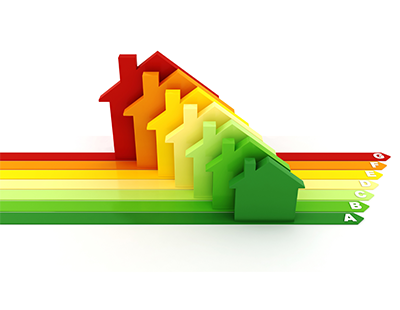
More than three-quarters of the UK’s period homeowners admit they are unsure of how to improve their properties as part of the government’s zero-carbon commitment.
New research by the specialist lender Together reveals the majority (79%) of British homeowners whose properties were built pre-1900 are aware they will need to make changes to cut their home’s carbon footprint.
However, most (57%) of this group don’t know what improvements are needed to increase the energy efficiency of their historic homes, and a fifth (21%) were completely unaware of the need to adapt their properties.
The lender highlighted this huge ‘awareness gap’ following government proposals to decarbonise all sectors of the UK economy to meet net-zero targets by 2050. In terms of housing, estimates suggest the drive for a net-zero future will impact about five million of today’s period homeowners.
Together’s research also shows the cost of making these properties carbon-neutral has been greatly underestimated.
For example, the results revealed 20% of period homeowners want to install a heat pump and are aware these can reduce a household’s carbon footprint by at least 2.5 tonnes of CO2 per year, but the installation cost of £10,000 to £18,000 is a barrier for most. Experts say that period homeowners considering fitting a ground source heat pump also have to fully insulate their property first – pushing up installation costs even higher.
However, Together’s survey found the average period homeowner would only be willing to spend just £5,480 in total on their sustainable home improvements.
Separate research has revealed the energy requirements of homes accounted for 21% of total CO2 emissions in 20203 and that the annual cost of retrofitting three-quarters of homes built before 1900 would cost roughly £6.4 billion by 20504, meaning the challenge to bring the UK’s historic housing stock will be significant.
Yet the pay-off in the long run is clear. Retrofitting detached Victorian homes could reduce carbon emissions by up to 84%, 62% in a Georgian terrace, 58% in a 1900s terrace, 56% in a Victorian semi-detached and 54% in a Victorian terrace, according to Historic England.
Scott Clay at specialist lender Together comments: “Meeting the net-zero target by 2050 and tackling climate change is one of the greatest challenges we face today.”
“England has some of Europe’s oldest housing stock and is well-known for its high concentration of period homes, and while this is a gift for house-hunters and property investors, it can be a curse when thinking about carbon emissions.”
Clay says the awareness gap between period property-owners who know there is a problem and those who know how to fix it is glaringly clear. “There is no overnight solution, but there are methods to help turn the tide. More needs to be done to help those living in older houses understand what carbon-neutral changes are feasible given their budgets,” he adds.
“Specialist lenders are a huge piece of making this puzzle a lot simpler, offering bespoke financial support to those with more complex properties and financial circumstances.”






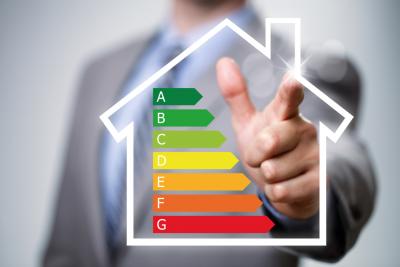
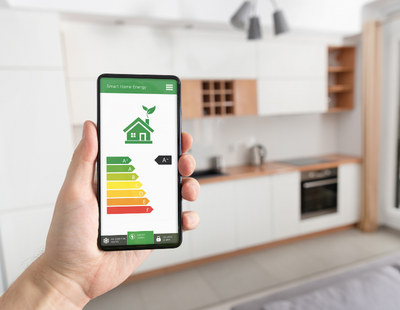






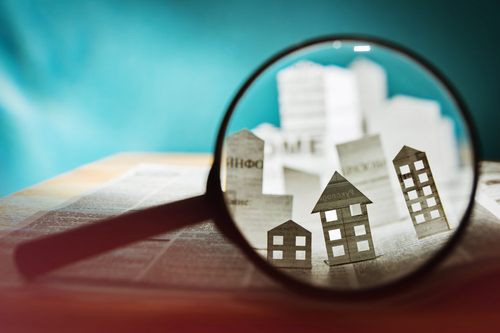

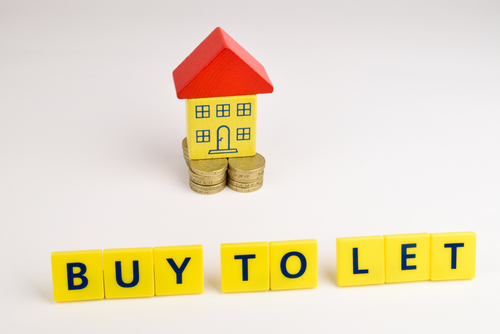





Join the conversation
Jump to latest comment and add your reply
As usual, plenty of advice on what direction we should take but no definitive actions to take to achieve the required effect
Please login to comment